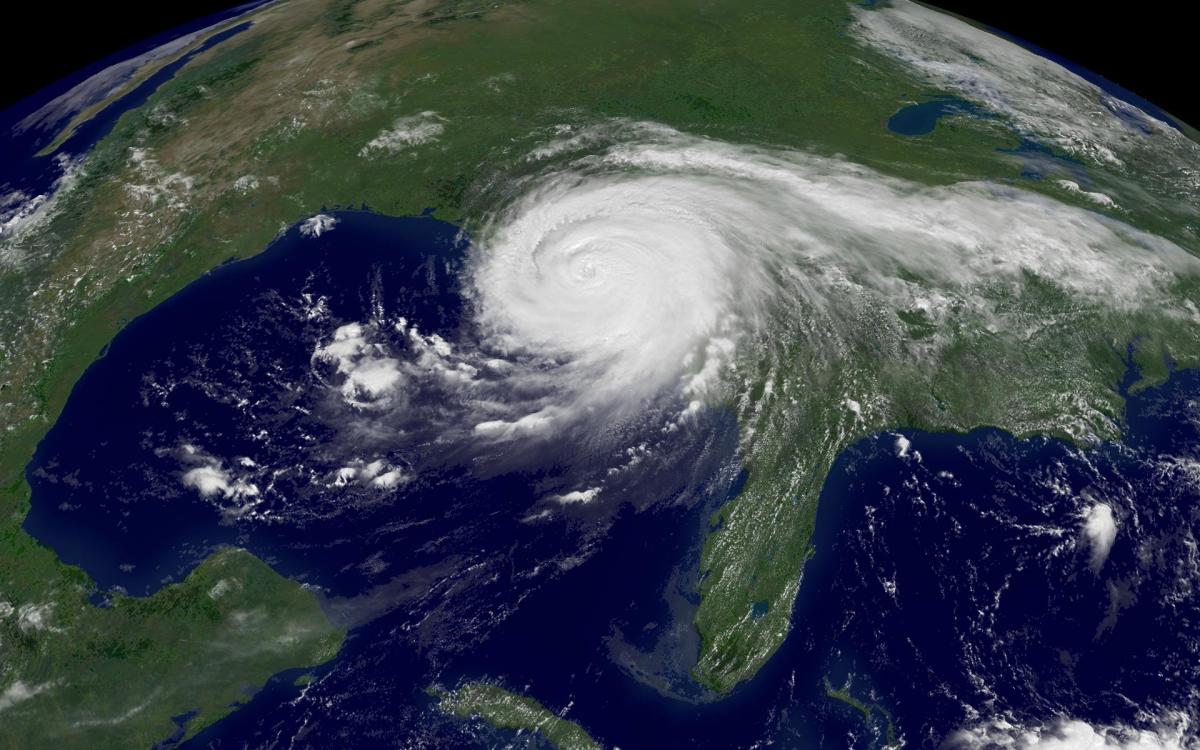Atmospheric Pressure

Atmospheric Pressure
Atmospheric pressure is the force exerted per unit of area on the surface of the earth by the column of air extending vertically above it. On the surface of the earth the pressure and the temperature are inversely related. However, with the increasing altitude both temperature and pressure decline. Atmospheric pressure is measured in terms of the mercury column it can hold. Normal pressure at sea level is 760 mm. Atmospheric pressure is also measured in terms of millibars (mbs.). Distribution of pressure on the maps is shown by isobars. An isobar is an imaginary line joining the places having an equal pressure atmospheric pressure. The isobars tend to be parallel to the latitudes. However, the trend of the isobars is also modified by the land and sea distribution due to its influence on the temperature. The isobars for the month of July tend to bend towards north as they move from oceans to the continents. Conversely the isobars. for the month of January tend to bend southwards as they move from oceans to the continents. Due to the temperature differences from one part of the world to the other, a number of pressure belts are created on the globe. They are discussed below.
On either side of the equator, there lies a region of low pressure known as the equatorial low pressure belt. Here the pressure is low due to the continuously high temperature and the resultant convection. Around the latitudes 30 degree north and south latitudes there are two belts of high pressure called the subtropical high pressure belts. The major cause of the high pressure in these regions is the descending movement of air in these latitudes. The air rising in the equatorial latitudes descends in these latitudes. Poleward of the sub tropical high pressure belts lie the subpolar low pressure belts. They are followed towards the poles by the polar belts of high pressure. The pressure in the polar regions is high due to a very low temperature here. The occurrence of the sub polar low pressure belts and the sub tropical high pressure belts is explained by the dynamic control while the other belts are largely a result of the thermal control of pressure. These pressure belts are also called the permanent or the planetary pressure belts also. However, the latitudinal position of these belts changes seasonally to some extent. Due to the seasonal migration of the vertical rays of the sun, all pressure belts shift northwards and southwards at the time of the summer solstice and the winter solstice, respectively.
The equatorial low pressure belt is an area of quite and calm conditions. There is almost a total absence of surface winds. Only vertical currents are found in this region. This entire belt is called the doldrums. Calm condition with variable and feeble winds are found in the subtropical high pressure belts (subtropical high pressure calms). These belts are known as the horse latitudes. Like the equatorial low pressure belt, the sub-polar low pressure belts are also the areas of ascending air currents.
Air that moves horizontally along the earth's surface is called a wind. Winds blow mainly due to pressure gradient and they blow from belts of high pressure to the belts of low pressure. However, the direction of the winds is modified by the Coriolis effect also, which is the effect of the rotation of the earth. Due to this influence the winds blowing in the northern hemisphere are deflected to their right and those blowing in the southern hemisphere are deflected towards their left. This is known as Ferrel's law.
Also See related Geography Articles:
- Layers of Atmosphere
The atmosphere is made up of a number of concentric layers each having peculiar characteristics in terms of density and other characteristics. Layers of Atmosphere are; Troposphere, Stratosphere, Mesosphere, Ionosphere, Exosphere. - Monsoons and Local Winds
The monsoon is a system of winds in which the direction of the winds is reversed between the summer and the winter season. Local winds owe their characteristics to the local topography or the local temperature conditions. - Cyclones and Anticyclones
A cyclone represents a low pressure system in the lower atmosphere where the winds tends to converge towards a common centre. An anticyclone is a high pressure centre surrounded by low pressure all around. - Humidity and Precipitation
Humidity and Precipitation. Humidity is the amount of water vapor present in the atmosphere. Also see what is precipitation and the process of condensation leading to the precipitation.
The winds blowing in response to the permanent pressure belts are .called the permanent or Jhe planetary winds. They are called prevailing winds also. The winds blowing from one particular direction for part of the year or for only a season and then blowing from some other direction are called periodic winds. The periodic winds blowing from opposite directions seasonally are called monsoon winds. Some of the winds blow in some particular regions of the world and they often have their own peculiar character. Such winds are called local winds.
The important prevailing winds are trade winds, westerlies, polar winds. The winds blowing permanently from the subtropical high pressure belts towards the equatorial low pressure belt are called the trade winds. They blow from southeast to northwest in the southern hemisphere and from northeast to southwest in the northern hemisphere. The area near the equator where the trade winds of the northern and the southern hemispheres converge is called the inter-tropical convergence zone (ITCZ).
Winds blowing from subtropical high pressure belts towards sub-polar low pressure belts are known as the westerlies. They blow from southwest to northeast in the northern hemisphere and from northwest to southeast in the southern hemisphere. The westerlies blowing in the middle latitudes of the southern hemisphere move over continuous stretches of ocean and here they attain very high velocities. Here they are called by various names such as the Roaring Forties, Furious Fifties and Screeching Sixties.
Winds blowing from polar high pressure belts to the sub-polar low pressure belts are known as the polar easterlies. They blow from northeast in the northern hemisphere and from southeast in the southern hemisphere. The area of the sub-polar low pressure where they converge is often called the polar front zone.








